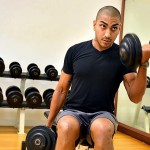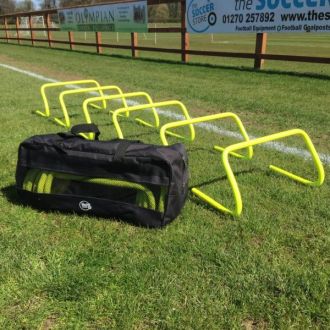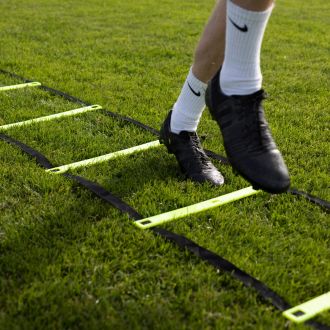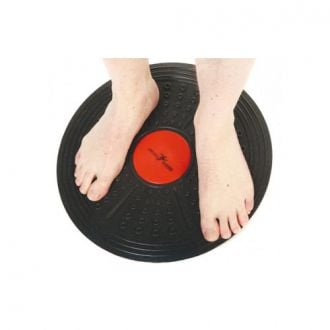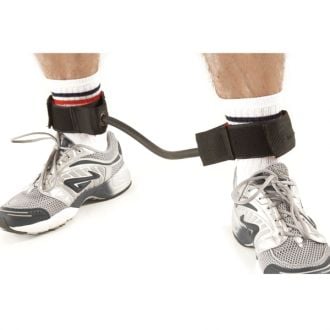5 Circuit Training Exercises for Footballers
Footballers need to develop muscle power and endurance for relatively short and intermittent periods of activity. Whereas long-distance runners and cyclists need to maintain a steady pace, footballers must be able to burst into action from standing starts – dozens of times during the average match. Circuit training is a great way to develop the power and muscle conditioning required for this type of performance.
One of the biggest advantages associated with circuit training is the fact the very few items of equipment are required to successfully implement a circuit training regime within a football club. In many cases, a set of dumbbells or kettlebells, some resistance bands and a medicine ball are all that is needed.
What is Circuit Training?
Circuit training involves high-intensity aerobics with the main aim of building muscle strength and endurance. It is an ideal form of exercise for footballers, as it combines resistance work with cardiovascular exercise for an all-round workout. One ‘circuit’ is regarded as the completion of one exercise in a particular regime, but the success of circuit training is predicated on the selection of the most appropriate exercises for the athlete, Here are five of the most effective circuit training exercises for the footballer.
1. Squat Jumps
You should start by standing with your feet shoulder-width apart and your back straight. Assume a normal squatting position, and then execute a powerful but controlled jump into the air, and reach for the sky as you do. When your feet return to the ground, immediately assume the same squatting position, and repeat the jump. One set of squat jumps should include at least ten repetitions. Once you have finished the set, you can move straight onto the next exercise.
2. Dumbbell Push Press
With your feet a shoulder-width apart, stand holding a pair of dumbbells, making sure they are resting just above your shoulders. Your arms should be bent, and the palms of your hands should be facing each other. Bend your knees into a squatting position, and then push yourself up – raising the dumbbells above your head at the same time. You should then return to your original position, and repeat the exercise. One set of dumbbell push presses should include at least 10 reps.
3. Knee-Lifts with a Medicine Ball
Take a large medicine ball and lift it above your head. Slowly and smoothly lift your right knee until it is at waist height. At the same time, you should gently lower the medicine ball until it touches your knee. Immediately lower your knee and raise the medicine ball above your head again. You should then repeat the exercise with your left knee. This exercise will work the muscles in your shoulders, back arms and legs, which makes it a great all-rounder.
4. Crunch with Lateral Pull-Down
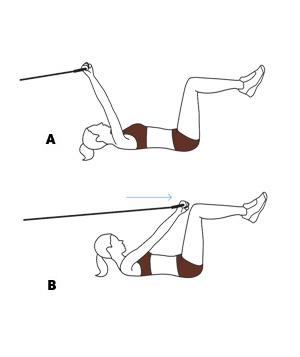
Loop a resistance band to a stable and static object – a door handle or a heavy piece of exercise equipment is ideal. Lie flat on your back, gripping both handles of the band with your arms extended upwards. Pull the resistance band towards your knees whilst performing an abdominal crunch. Your hands should come into contact with your knees, and you should hold that position for three seconds before smoothly returning to the starting position. One set should include at least 20 repetitions of this exercise.
5. Wall Slides
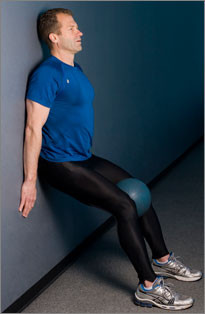
Place a medicine ball between your knees and squat against a smooth wall. Whilst remaining in control of the ball, slowly slide down the wall, and stop when your legs are bent at an angle of 90 degrees. You should then push yourself back up, and repeat the exercise at least 10 times for a complete set.
These exercises are designed to be part of a complete regime of circuit training, and there are literally hundreds more just like them. As a footballer, you should decide on a combination of exercises that delivers an all-round strength and conditioning workout. And if you really want to get technical, you can design circuit training workouts for very specific areas of the body.
Through a regular regime of circuit training, you can increase your muscular strength and conditioning for a more complete performance on the pitch.

